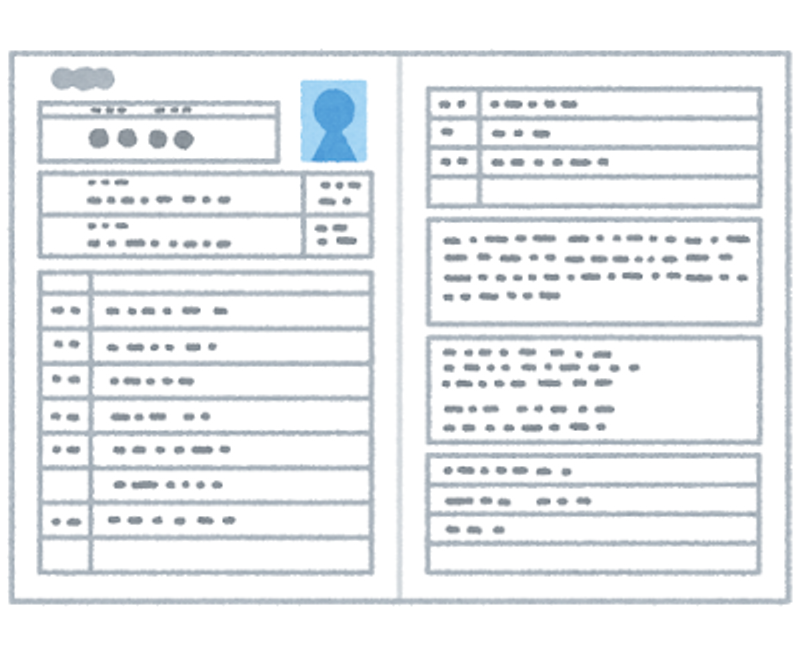Oct 30, 2019
The two types of CV / resume in Japan: 履歴書 (Rirekisho) & 職務経歴書 (Shokumukeirekisho)
When preparing your job application in English you usually only have one CV or resume. In Japan, there are two documents covering your employment history that are submitted with a job application -- one is the 履歴書 (Rirekisho) the other one the 職務経歴書 (Shokumukeirekisho).

Rirekisho
The rirekisho usually consists of two pages. The rirekisho covers your personal information, like address, phone number, age, etc. Then it is used to list your education and employment history in chronological order, however, it only lists the names of the schools you attended and the companies you worked for and the time frame you were there. There are no details about what you studied or what your position at the company was.
The rirekisho also has a table where you can list any qualifications or certificates obtained like a JLPT or TOEIC test, for example. Some rirekisho also have space for you to write about why you applied for the job or your hobbies.
Rirekisho are usually in a certain table-style format. There are slight variations but most Japanese rirekisho look basically the same. You can find templates online or printed templates at most stationery or 100 yen stores in Japan. I think it is OK to slightly alter a template to fit your needs but you should stick to it as much as possible.
Shokumukeirekisho
The shokumukeirekisho does not have a specified format. It can be any number of pages long depending on how much work experience you have. You are allowed to format and design it any way you want. Shokumukeirekisho are used to list your employment history in greater detail. This usually starts with a short summary of your employment history. Then you list the companies you worked for in chronological order including some details about the company, like the number of employees, technical field, annual revenue etc.
You also use the shokumukeirekisho to describe your position and tasks in detail and list any special achievements you have completed during the time you worked there. You can also list any skills gained while working in this position.
Additionally, linguistic skills, PC skills or any other skills you find relevant that didn't fit on the rirekisho or that you want to emphasize by listing them again, can be entered into a shokumukeirekisho.
If you work in a job that has a portfolio you also list it here, e.g. if you work as a translator, you list relevant documents that you have translated, and so on.
Have you ever prepared application documents in Japanese? How do like the system of dividing your CV in two documents?



0 Comments